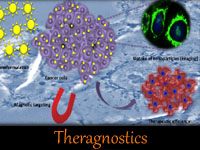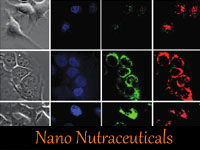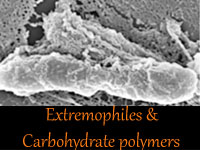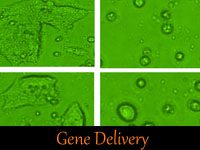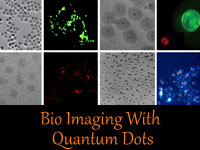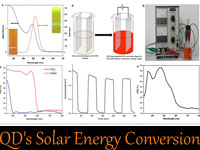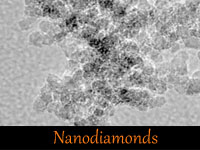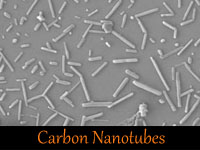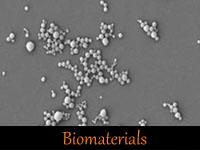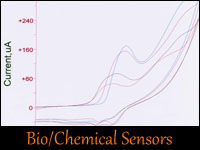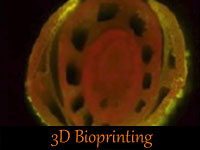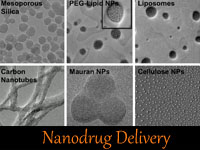


Graphene
The fusion of Bio-Nano-Electronic science has gained huge interest among the researchers to create hybrids materials, which can perform unique functionality with high sensitivity. Graphene, a mesmerizing material with one-atom thick layer has emerged as a novel material that scientists believe could be used to produce not only as a low-cost carbon based transparent and flexible electronic devices but also as a perfect biomaterial for biomedical application due to its remarkable electrical, mechanical, optical and thermal properties. Our research aims to develop highly versatile graphene network for a variety of application.
We have performed a green extremophilic-bacteria based reduction [1] of graphene oxide (GO) to produce large area, highly conductive graphene-sheets for biomedical and electronic applications (Figure. 1). Extensive research is going on in our laboratory for large-scale production of graphene via highly environment friendly routes.
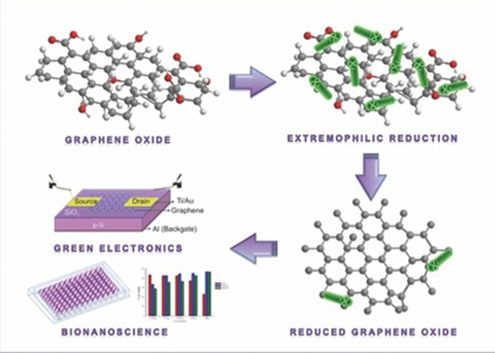 |
Figure 1. Extremophilic-bacteria based reduction of GO – A green route. |
Materials with a remarkable combination of high electrical conductivity and optical transparency are important components for flexible displays, organic light emitting diodes (OLEDs), solar cells, touch screen, sensors or transistors. Transparent conducting films (TCFs) containing graphene oxide (GO) or chemically reduced GO sheets have been deposited using various well-established techniques, including spin- or spray-coating, transfer printing, dip-coating, electrophoretic deposition and LB assembly followed by chemical reduction or thermal annealing.
Due to the highly anisotropic morphology of GO, properties of the final product are determined, not only by the quality of the individual sheets but also byhow they are assembled.In this context, we have synthesized large area GO sheets with thickness uniformity that is one of the essential and urgent topics for the replacement of indium tin oxide (ITO) which is becoming highly expensive and finite source (expected to run out in near future)in the realization of the afore-mentioned applications using Langmuir Blodgett (LB) setup (Figure 2). Furthermore, performing different process conditions to obtain controlled assembly of GO sheets could improve the overall performance of the final product, which are undergoing in our laboratory.
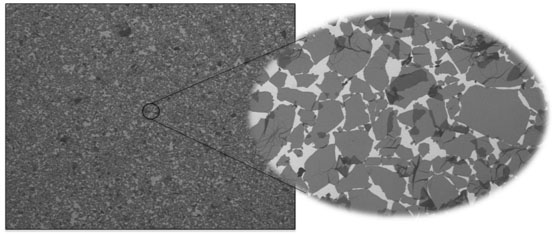 |
Figure 2.SEM images of as prepared GO thin film at different magnification. |
We believe that the present research will provide an excellent platform and exciting opportunity to utilize graphene in a different way to open up new vistas in the area of high performance flexible electronic devices and could be a valuable alternative to ITO in optoelectronics.
Selected publications
- Ecofriendly route for synthesis of highly conductive graphene using extremophiles for green electronics and bioscience. Sreejith Raveendran, Neha Chauhan, Yoshikata Nakajima, Higashi Toshiaki, Shunji Kurosu, Yuji Tanizawa, Ryugo Tero, Yasuhiko Yoshida, Tatsuro Hanajiri, Toru Maekawa, Pulickel. M. Ajayan, Adarsh Sandhu, D. Sakthi Kumar. Particle & Particle System Characterization, DOI: 10.1002/ppsc.201200126.


